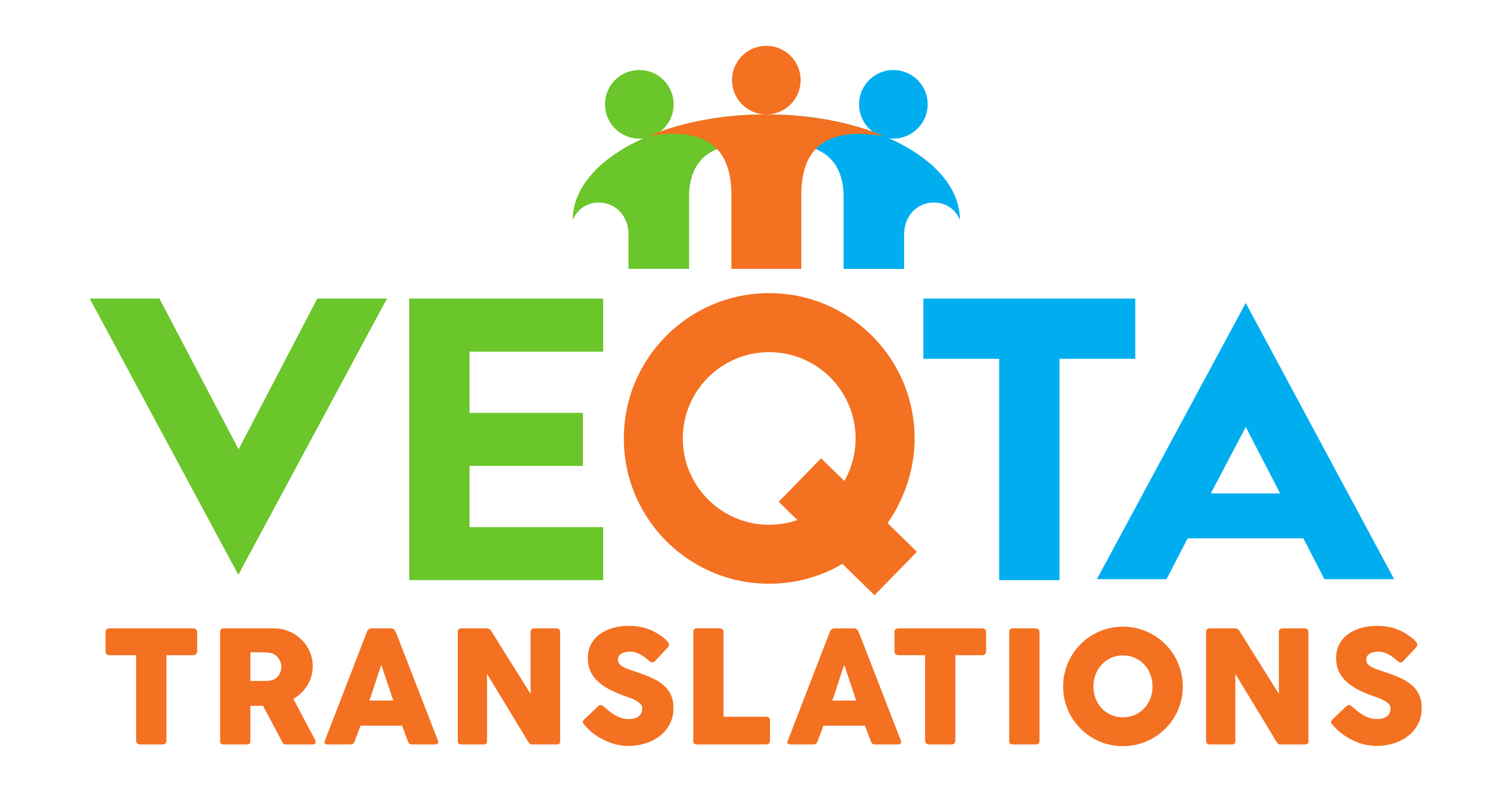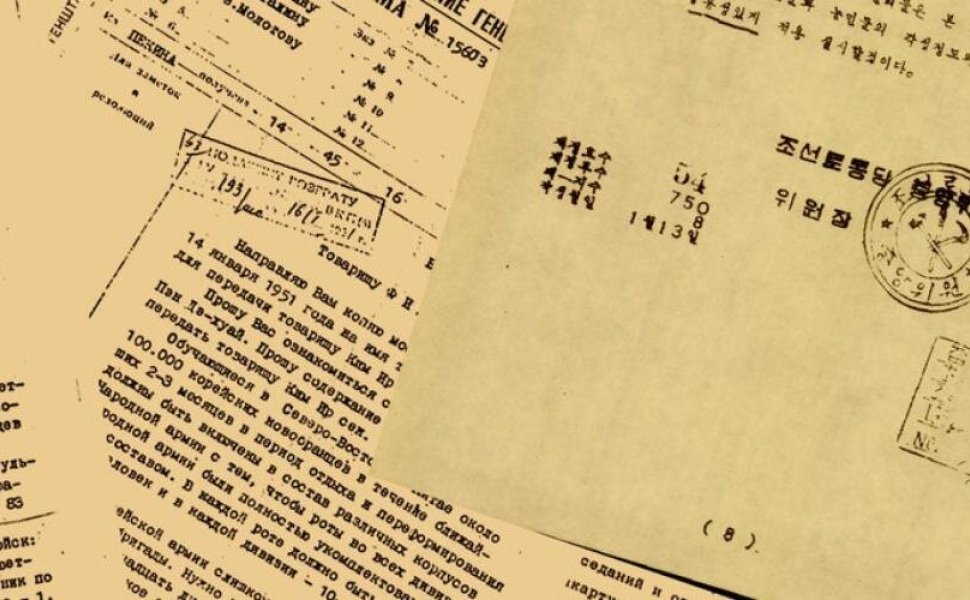Accuracy is paramount in legal and technical documents translations. A single mistranslated term can lead to disputes, financial losses, or compliance failures. For professionals handling Korean to English Localization, the challenge lies in balancing linguistic precision with domain expertise. Below are ten frequent errors and how experts prevent them.
1. Literal Translation of Legal Phrases
Legal Korean relies on formulaic expressions. Experts avoid literal translation by interpreting their legal effect, not word structure.
2. Ignoring Terminology Consistency
Inconsistent terminology causes confusion. Professionals maintain term databases and glossaries to ensure alignment across documents.
3. Overlooking Honorific Formality
Legal Korean uses formal verb endings that reflect respect. Translators adapt this through professional tone in English correspondence.
4. Misinterpreting Technical Abbreviations
Acronyms may differ regionally. Experts verify meanings against Korean standards rather than assuming direct equivalence.
5. Neglecting Measurement Conversions
Translators ensure that metric-to-imperial conversions follow target-country standards.
6. Failing to Capture Legal Intent
Literal renderings may distort legal purpose. Translators prioritize interpretive clarity to reflect contractual obligations accurately.
7. Formatting and Citation Errors
Legal documents follow strict formatting conventions. Professionals mirror these standards for international readability.
8. Ambiguity in Patent Language
Technical translation demands precision. Each term must maintain unambiguous reference within context.
9. Neglecting Confidentiality Clauses
Professional translators adhere to nondisclosure and encryption standards to protect client data.
10. Lack of Revision by Subject Experts
Final documents are reviewed by legal or engineering professionals to ensure linguistic accuracy matches domain integrity.
Conclusion
Mistakes in legal and technical Korean to English Localization can be costly. Meticulous attention, collaboration with domain experts, and adherence to standards define professional excellence.
FAQs
1. Why is consistency vital in legal translation?
It prevents contradictions and preserves clarity across clauses.
2. Can AI replace human legal translators?
Not yet—legal nuance still demands human reasoning.
3. What’s the biggest risk in technical translation?
Ambiguity that changes product or safety specifications.
4. How do experts ensure quality?
Through term databases, peer reviews, and expert audits.
5. Why does formatting matter legally?
It supports compliance and document traceability.


